Dipsacus fullonum (Teasel)
£6.45
An architectural biennial plant producing tall stems of purple flowerheads in summer followed by attractive prickly seedheads. Height 1.8m. Spread 80cm. Full sun, moist, well-drained soil. Self-seeds. Attracts bees and butterflies.
Description
Dipsacus fullonum, commonly known as teasel, is a striking biennial or short-lived perennial that produces tall, architectural stems topped with spiny flower heads. Blooming from mid to late summer, its purple flowers attract bees and butterflies, while its distinctive seed heads provide winter interest for wildlife. Dipsacus fullonum can reach heights of 1.5–2.5m and is perfect for wildflower gardens, meadow-style plantings, or naturalistic borders.
PLANTING and AFTERCARE GUIDE
Best Planting Time
- Spring: The optimal time to plant Dipsacus fullonum is in spring when the soil begins to warm. This allows seedlings or transplants to establish strong roots before flowering.
- Autumn: Early autumn planting is also suitable, giving the plant time to settle before winter dormancy.
Site Selection
- Sunlight: Dipsacus fullonum thrives in full sun but will tolerate light shade. Choose a location that receives at least 6 hours of sunlight daily for vigorous growth.
- Soil: Well-drained soil is essential for Dipsacus fullonum, which does not tolerate waterlogging. Incorporate organic matter like compost to improve fertility and drainage.
Planting Instructions
- Prepare the Hole: Dig a hole twice the width of the root ball and the same depth. This provides ample room for root expansion.
- Soil Preparation: Mix compost or organic matter into the planting soil to boost nutrients and drainage.
- Planting: Place Dipsacus fullonum in the hole, ensuring the top of the root ball is level with surrounding soil. Backfill gently, firming the soil to eliminate air pockets.
- Watering After Planting: Water thoroughly after planting to settle the soil and encourage root establishment. Ensure the area drains well to prevent root rot.
Watering Requirements
- Growing Season: Once established, Dipsacus fullonum is moderately drought-tolerant. Water during dry periods, allowing soil to dry slightly between watering. Avoid excessive moisture, which can lead to root issues.
- Dormant Season: Reduce watering significantly during dormancy, only supplementing if the soil becomes very dry.
Feeding
- Spring: Apply a balanced fertiliser in early spring to promote healthy growth and prepare for flowering.
- Mid-Summer: A light feed during mid-summer can support prolonged flowering and maintain plant vigour.
Pruning
- Deadheading: Regularly remove spent flowers if you wish to prevent self-seeding. Leaving some seed heads can provide winter interest and food for birds.
- Autumn Pruning: After flowering, cut Dipsacus fullonum stems back to ground level to prepare for winter and encourage strong regrowth.
Mulching
- Spring: Apply mulch around the base to retain moisture, suppress weeds, and regulate soil temperature. Use organic mulch such as bark chips or compost.
- Winter: Mulching in winter protects roots from frost and prevents soil heaving, ensuring the plant survives through colder months.
Supporting the Plant
- Dipsacus fullonum produces tall, sturdy stems, but in exposed areas, staking may be necessary to prevent flopping.
Final Tips
Dipsacus fullonum is a striking, low-maintenance plant that adds vertical interest and attracts pollinators. By planting it in full sun with well-drained soil and following this care routine, your Dipsacus fullonum will thrive, offering architectural beauty, vibrant summer flowers, and wildlife value from mid-summer through winter.
Additional information
| Pot Size |
|---|



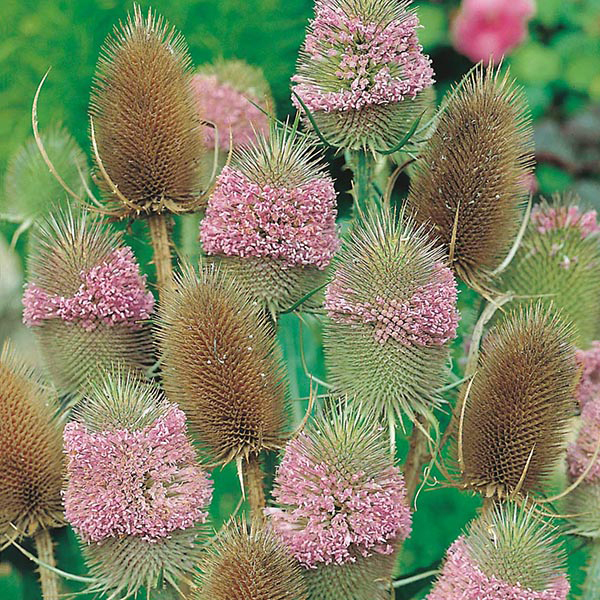
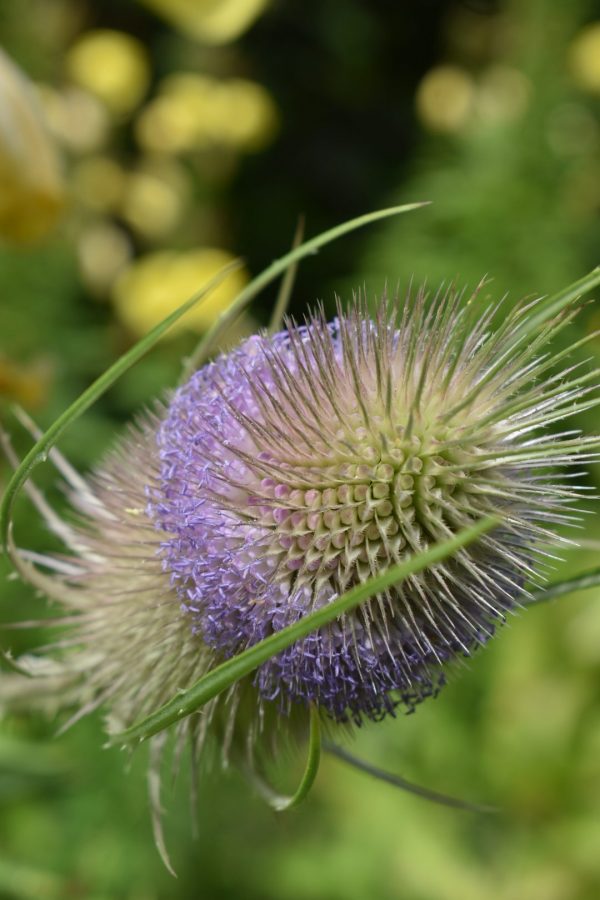
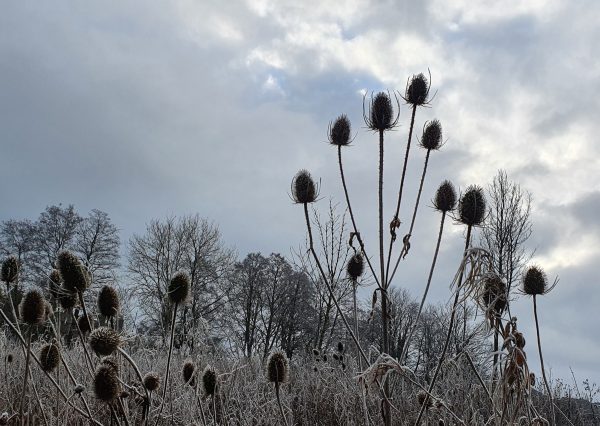
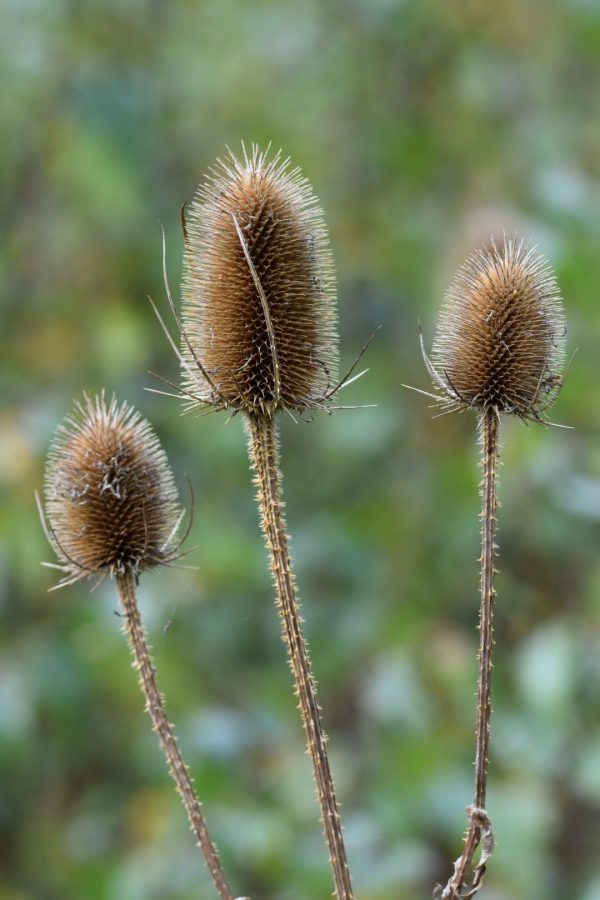


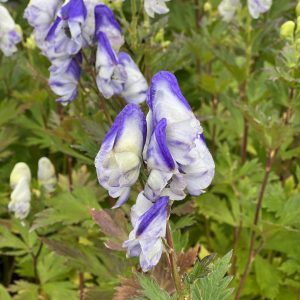
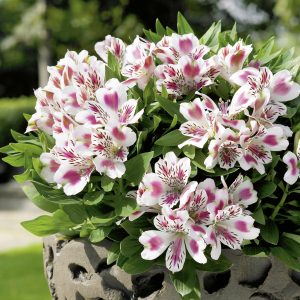
Celia (verified owner) –
David Cobb (verified owner) –
Plant arrived in good condition & well packaged and great price.
Deborah Nicholson (verified owner) –
Nice healthy looking plant. Didn’t expect the leaves to have spines. Got one embedded in my hand so beware!! I’d only put my hands down in the box to have a nosey.